1. Heavy patio furniture

It might be convenient to plop down that heavy metal bench or oversized table wherever it fits, but your grass is paying the price. When furniture sits on the lawn for days or weeks at a time, it compresses the soil underneath. This compaction limits airflow and water absorption, making it hard for grass roots to thrive. Over time, you’ll notice dead patches right where that furniture sat.
Even moving the furniture around a little can help reduce the damage. Grass needs room to breathe and bounce back after being pressed down. If you want a sitting area, consider placing furniture on pavers or a deck instead of directly on the lawn. That way, you protect your grass and keep your backyard looking healthy.
2. Kiddie pools

That inflatable kiddie pool might keep the kids cool, but your lawn isn’t enjoying it. The pool blocks sunlight completely, so the grass underneath can’t photosynthesize. Add to that the trapped moisture, and you’ve got a recipe for fungus and rot. After just a few days, you’ll notice yellow or brown dead spots when the pool is moved.
If you’re going to use a kiddie pool, try not to leave it in one place for too long. Dump out the water and shift it to a new location each day. This gives your grass a chance to recover and prevents those ugly dead circles. Or better yet, use the patio for splash time if you can.
3. Fire pits
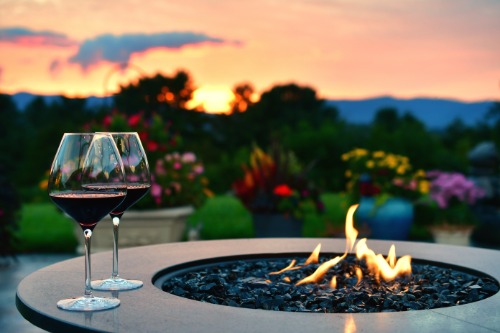
Fire pits are cozy and great for gathering, but they can do serious harm to your lawn. Even if the pit itself is raised, the heat radiating from it can scorch the grass nearby. And let’s not forget the hot embers that can escape and burn holes in your lawn. Over time, the soil under and around the pit can become dry and damaged.
It’s best to set up fire pits on stone or gravel rather than directly on the grass. This protects both your lawn and your peace of mind. If you’re using a temporary fire pit, move it regularly and keep a close eye on heat damage. Your grass will thank you for the extra care.
4. Playground equipment
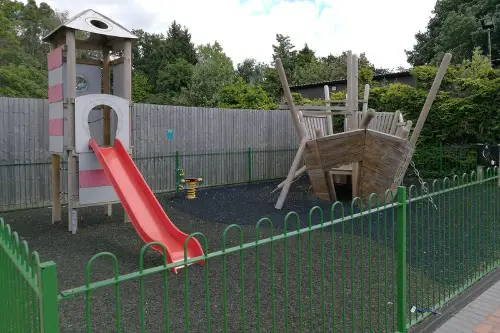
That swing set or jungle gym might be a hit with the kids, but your lawn doesn’t love it. Just like heavy furniture, playground gear compresses the soil beneath it. Add in the constant foot traffic, and you’ll soon see bare patches where grass once grew. It also creates shaded areas that limit sun exposure and slow growth.
To prevent this, try placing play equipment over mulch or a rubber mat designed for playgrounds. These surfaces help reduce soil compaction and protect your grass. Moving smaller equipment every so often can also give your lawn a chance to recover. Your yard will stay greener, and the kids will still have fun.
5. Garden statues and ornaments
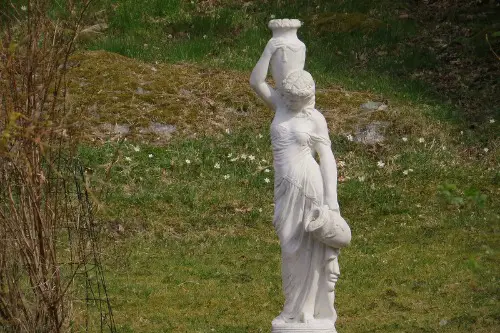
Those cute gnomes and decorative planters might be charming, but they can smother your grass. When left in one spot for too long, they block sunlight and trap moisture. This can lead to mold, rot, and eventually dead patches beneath them. You might not even notice until you go to move the ornament and see the damage.
Consider placing statues and décor on hardscaped areas or rotating their locations now and then. This lets the grass underneath breathe and get some light. If you’re committed to lawn ornaments, look for designs with small footprints. That way, they have less impact on your grass overall.
6. Trampolines
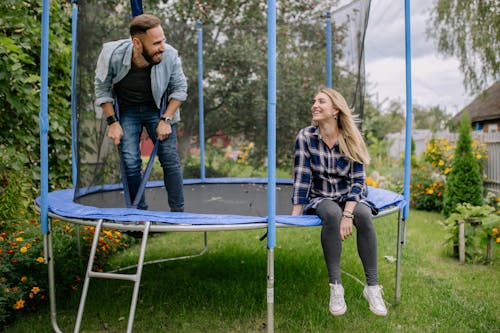
Trampolines are tons of fun but brutal on your lawn. The shade from the trampoline’s mat keeps sun from reaching the grass underneath. Meanwhile, the constant jumping compacts the soil and stresses the roots. Pretty soon, you’ll find a large patch of dead or struggling grass beneath it.
One solution is to move the trampoline every few weeks to spread out the damage. Another is to set it up over mulch or artificial turf instead of natural grass. You can even install it in a dedicated area with shock-absorbing surfacing. This saves your lawn while still letting the kids bounce to their hearts’ content.
7. Overhanging tree branches

Trees provide shade, but too much shade can starve your grass of sunlight. Grass needs at least a few hours of direct sun a day to stay green and healthy. Dense overhanging branches can block light so much that the grass underneath thins out or dies completely. Plus, falling leaves can pile up and smother the lawn if not cleared regularly.
Regular pruning can make a huge difference. By letting more light through, you give the grass a fighting chance. You can also choose shade-tolerant grass varieties for those tougher spots. Either way, keeping an eye on how much shade your trees create is key to a healthy yard.
8. Piles of firewood
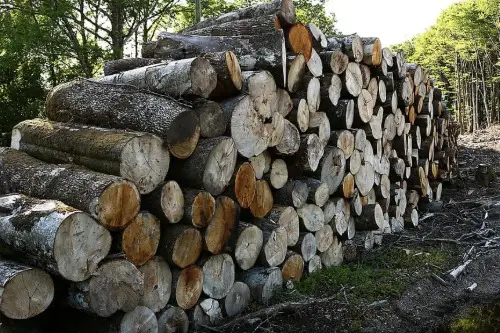
Stacking firewood on the lawn might seem harmless, but it’s bad news for your grass. The woodpile blocks sunlight and traps moisture, creating the perfect environment for rot and pests. After a while, the grass underneath dies off completely. You might also invite termites closer to your home without realizing it.
The smart move is to store firewood on a rack off the ground, preferably on a hard surface. This keeps both your grass and your firewood in better shape. If you must stack it on the lawn temporarily, move it after a few days. That way, you minimize damage and keep your lawn looking good.
9. Concrete stepping stones without proper spacing

Stepping stones are great for creating pathways, but they can harm your lawn if they’re not spaced right. When they’re too close together or too large, they block light and crush the grass underneath. Water can also pool around the edges, leading to soggy, unhealthy patches. Over time, you’ll see the grass thin out or die completely along the path.
Try placing stepping stones with enough space between them so grass can grow in the gaps. This keeps the look natural and prevents large dead spots. You can also use gravel or mulch in place of stones for a grass-friendly path. It’s all about balancing function with lawn health.
10. Doghouses and pet shelters

Your furry friend needs a shelter, but their house might be wrecking your grass. Like other structures, doghouses block sunlight and create shade that grass struggles with. They also encourage wear and tear from all the paw traffic around them. And if your pet tends to dig or mark the area, the damage can be even worse.
Consider setting up pet shelters on gravel, mulch, or pavers instead of directly on grass. This gives your lawn a break and keeps your pet’s area cleaner. You could also move portable shelters around to spread out the wear. Your grass will stand a better chance of staying green and full.
11. Sprinkler heads placed too close together
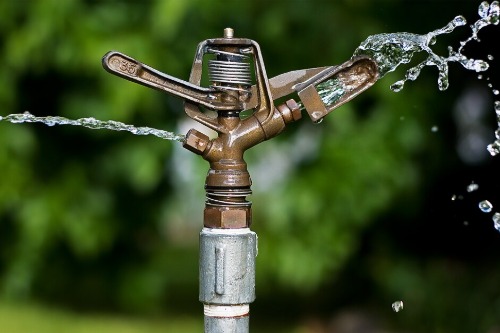
It might seem like more sprinklers mean a healthier lawn, but that’s not always the case. When sprinkler heads are too close, certain areas get overwatered while others stay too dry. The soaked spots can develop fungal diseases or root rot, while dry patches go brown. It’s a setup that can leave your lawn looking patchy and uneven.
Take the time to check your sprinkler layout and make sure it provides even coverage. You want the water to overlap slightly, but not so much that parts of the lawn stay soggy. Adjusting spray patterns can also help distribute water more effectively. A little fine-tuning can go a long way toward a healthier lawn.
12. Mulch beds that creep into the lawn
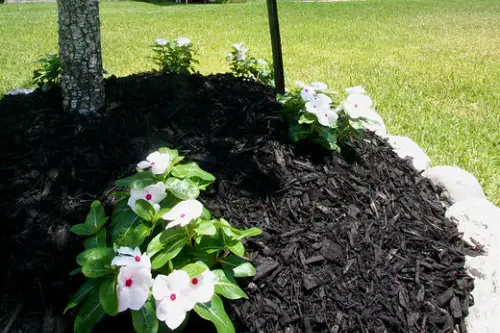
Mulch beds are great for your garden, but when they start encroaching on your grass, trouble begins. Mulch can smother grass at the edges, especially when it’s piled too high. It also invites pests like ants and termites that can spread into your lawn. Over time, the grass near the mulch thins out and dies off.
The fix is easy: keep a clear boundary between your mulch beds and your lawn. You can use edging material or simply maintain a clean line with regular trimming. Be careful not to let mulch pile up against tree trunks or over the grass. A little maintenance helps both your garden and your lawn thrive.
This post 12 Backyard Features That Are Secretly Killing Your Grass was first published on Greenhouse Black.
